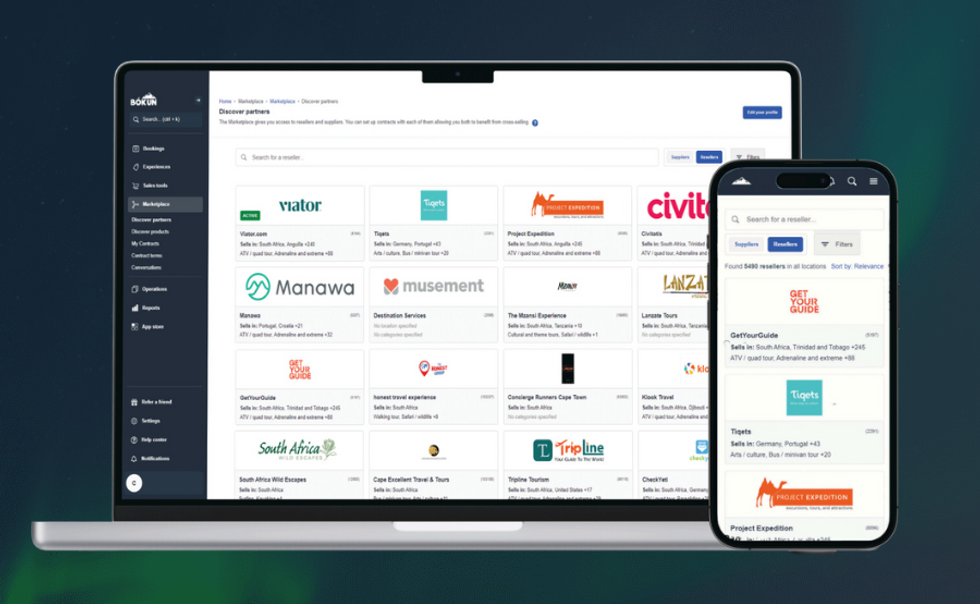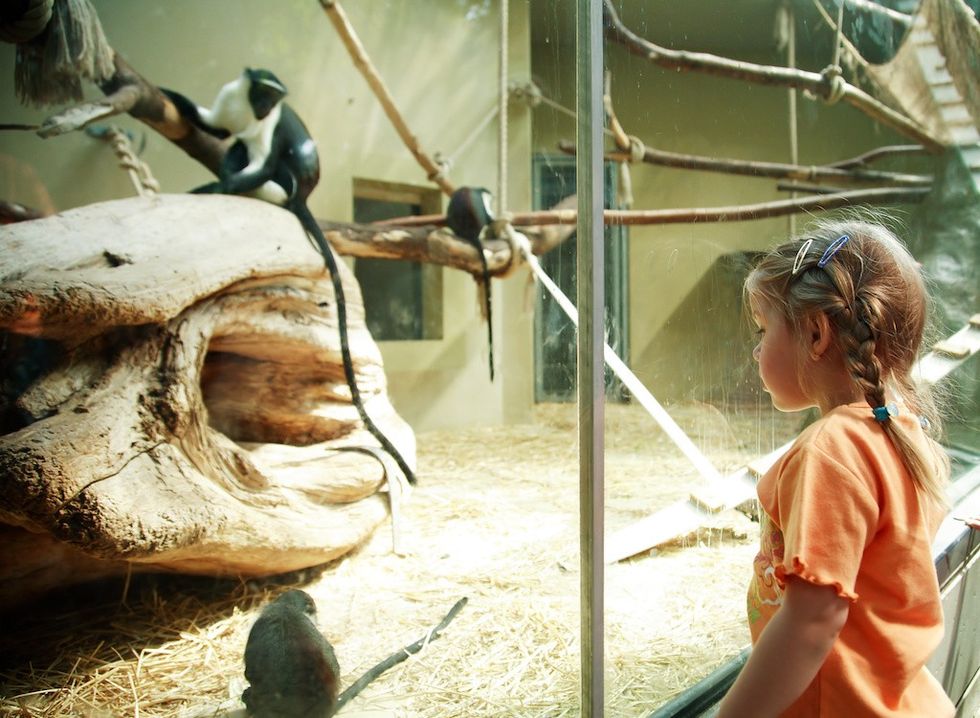Dave Gibson chanced across the Attractions Industry and found his calling. With close to 20 years experience of operational management of large, modern public aquariums, he was appointed as Managing Director of the UK’s National Marine Aquarium in December 2009. His previous roles include Assistant Chief Executive at The Deep, Director at Fota Wildlife Park and Group Curator at Deep Sea Leisure Plc.
The National Marine Aquarium, an independent charity, is the UK’s largest aquarium, located in Plymouth in the South West of England. The Aquarium boasts the biggest tank in the UK and aims to promote “a sympathetic understanding of the sea through programmes of education, conservation and research”. Blooloop talked to Gibson about how his wide-ranging knowledge of the industry puts him in a unique position to fulfil his remit of helping the National Marine Aquarium achieve its potential.
Related: Interview with Mark Fisher, MD Theme Parks, Merlin Entertainments / Painted Dogs and Dinosaurs: Chester Zoo's New MD on Why it's All Happening at the Zoo / The Children’s Museum of Indianapolis: Creating Extraordinary Family Learning Experiences
How did you get started in the Industry?
My PhD is in fish disease linked to salmon farming. As is the case with most of these things it was the “in” subject when I started, but by the time I’d finished, it was history. So I got a job in Deep Sea World in Edinburgh as an aquarist just to pay the student debt and I loved it and worked my way up from there.
You spent 8 years at The Deep in Hull, as part of the team that opened that aquarium to great success. What were your role and your achievements there?
I went across to Hull initially as curator when it was being built and it was a great opportunity, a major development in the UK with an initial capital investment of £46 million. I joined 18 months before it opened, recruited my team and had a chance to start with a blank piece of paper.
When we opened in 2002 our business plan was based on 275, 000 to 300, 000 visitors per annum. We actually achieved 855, 000 in the first ten months which completely took us by surprise. Hull is not renowned as tourist destination but it has a resident population of 4 million people within 1.5 hours drive.
What do you attribute that success to?
We had a very fortunate set of circumstances. The Millennium Commission had a PR machine running that was very experienced and gave us very good guidance. We also had an iconic building designed by Sir Terry Farrell. We aimed high: a high value, high quality aquarium which grabbed the press’ attention. We worked very hard to push the conservation as well and that seemed to tick the boxes. We worked out that we drew in the equivalent of £30 million of media coverage in that first 10 months.
That first year I was Director of Operations. From an operations perspective it was a challenge, we were dealing with 3.5 to 4 hour queues. The building struggled and we had to manage expectations a lot.
My biggest achievement there was building an extension which we managed in house and ran ourselves. It was a £6.5 million investment, a third of which came from our own internally generated cash. It gave us a chance to put in a £1 million exhibit on Deep Seas. I had a fairly leading role in terms of exhibition planning, story writing, design and animals and that was a great experience.
The Deep still has a good international reputation and I’m very proud that I had a role to play in that.
After leaving The Deep you went to Ireland as Director at Fota Wildlife Park. What was that like?
It was a completely different scenario. The organisation was a challenge in that it hadn’t seen major change or investment in 25 years. It was a non profit organisation but cash rich, generating surpluses every year. I went in with a remit from the Board of Governors that I was to grab it by the bootstraps and drag it up. In the 18 months I was there we made a lot of improvements. My biggest achievement was the design and instigation of a new entrance complex for €4 million. The park was opened in 1986 and the entrance complex was outmoded and couldn’t cope with the numbers at all and gave a poor first impression. So we redesigned the entire car park, approach roads and built a new entrance which reflected the quality of the experience internally. I went back this month to see how it works and it’s fantastic. Visitor numbers last year were the best ever - 380, 000. It’s nice to see the strategy and plan you start off work the way you hope.
So you started at the National Marine Aquarium in 2010 and your remit is to “establish the aquarium as the foremost public aquarium in the UK, not only in terms of being a world class visitor attraction but also as a centre of excellence for marine education, research and conservation”. Sounds pretty challenging!
Exactly! No pressure there! Of course there’s also the “day job” of running a £2.7 million turnover attraction. The Trustees have put a lot of faith in me which is fantastic. My real remit is to achieve the potential that the Aquarium has always had. It may be called the National Marine Aquarium but if we’re honest it really hasn’t lived up to that promise. The Aquarium went through a very difficult time four years ago. It wasn’t in good financial shape and there were worries about it closing. We’re an independent charity so were completely dependant on our own generated income.
The biggest challenge operating a family based attraction in this part of the world is the level of competition in a relatively small market. You’ve got 1.2 million resident visitors and for an aquarium it’s usually the resident population that’s your biggest visitor base. Then you can work on building loyalty, relying on word of mouth and return repeat visits. But here we’re highly dependent on seasonal tourists with 55% of our visitors coming from outside the South West. So we’ve got to try to win those visitors almost new each year. Of course many visitors don’t even stop in Devon; they drive past and go on to Cornwall. If they do decide to stop, you’re competing against six or seven high profile family attractions in the area. Competition is tough.
Your role is very demanding needing a wide range of skills – you have to be a media spokesperson, an expert in marine biology and able to run an attraction. How does your experience prepare you for that?
I have got a strange background. I’m unusual both in having started off in academia and then also having begun my career at the very bottom of the industry. I have worked my way through different management roles and this very broad range of experience has given me a fairly unique view on running an aquarium tourist attraction.
The breadth of my experience is definitely a big advantage. I know the nuts and bolts of how each part of the whole runs. So, for example I know what it takes to make sure that Catering puts on a consistently high quality offering; I know where the profit margin is in retail pricing and ticketing; yet I can also talk to the engineers at their level. I don’t pretend to be an expert in everything but I do know enough about each bit to understand what the priorities are and that in turn gives me the ability to speak to the media with confidence. I’m just as happy talking about the business elements of running a big organisation as I am talking about the veterinary care of a loggerhead turtle.
What are your targets?
My personal target is 350, 000 visitors per annum - a long term strategy over about five years. We’re at 270, 000 now and we breakeven at about 245, 000 so it’s tight - a £120/130k surplus on a £2.7 million turnover. That’s not enough really to invest and build.
We need to get our visitor numbers up through a combination of meeting and exceeding customer expectations and raising our profile. We have to give customers a high quality visit, and that’s everything from the quality of the food, to the talks, to the cleanliness of the toilets and how engaging the exhibits are. So we have a company wide customer service initiative that looks at building that customer satisfaction level, a three year strategy for exhibition improvements which will increase dwell time, satisfaction and educational content. We’ve also shifted our focus about how we engage with the media.
That’s interesting. How has it changed?
Before we were mainly focussing on paid-for advertising. However, now we’re putting a lot time and effort into PR. That gives us more of a national reach and it also fits in with our charitable objectives to take a lead in marine conservation. If we can raise our national profile and become a well respected institution then the press will keep coming to us for comments and we’ll be on the telly more often.
The media like to have a single contact who is accessible and that’s what I try to be. I try to make sure that my mobile number and email address are given out to everybody that wants them. I try not to have other people handling things for me. I’m a firm believer that if we put messages out there, whether positive or negative, they should come from someone within the organisation not a “spokesperson”. Otherwise you distance yourself and people don’t engage.
What about Social Media?
I’m a late arrival to social media. But I do tweet and we have a Facebook page with 12, 000 “likes”. We don’t have a strategy at moment and that’s something that we’re looking at developing.
It’s amazing how powerful social media is becoming. We had a media and innovations conference here 2 weeks ago and we had a Twitter stream going out. The first day of the conference there were 300+ tweets reaching 24, 000 people. We would never have achieved that with direct marketing on one event. The amazing thing about social media is that you’re engaging with an audience that have taken a decision to engage with you, so it’s extremely targeted.
How have you developed the strategy for the Aquarium?
A lot of it is aligning the entire organisation with an objective. We did a comprehensive rebrand last year to try to get everything back on track. There were a lot of internal conflicts but the Education Department were always extremely well focussed on where they wanted to go. They were a highly successful part of organisation that had a clear agenda with the best education programme in the UK.
So we were almost aligning with our Education Department. With the rebrand we sat down with everyone from Trustees to the people who sell the tickets at the front door and said, “What’s the Aquarium about? What are its core values? What are we doing right? What are we doing wrong?” We established a new vision and mission statement: “driving marine conservation through engagement”. We created a new visual identity that really has given us a roadmap of where we want to go.
So how does that translate into plans for exhibitions and reinvestment?
In this day and age you have to be true to your core values: don’t just chase the money and do something that fits with your funding stream, make sure you achieve the funding that fits your requirements not the other way round.
We go about it quite methodically really. We have a focus group from our membership base and we ask them what they want and take their opinions. We also keep our fingers on the pulse in terms of developments in marine biology, what’s happening in the wider environment and what’s engaging the public and the media. We always try to build our exhibitions round hot topics. It’s now about establishing a strategy and a route map of where we want to go. We will launch exhibits that will stay for two to three years, which means that we can stay relevant.
Our next exhibit is on seahorses and seagrass beds. It’s a very hot topic along south coast, and we’re leading on a national management programme.
After the seahorse project we have more infrastructure investments to make. We need to refurbish our kitchens and change the entrance. At the moment we have no internal queuing yet we’re busiest on wet days. Then we’ll make slow improvements to the exhibitions to increase level of interpretation and refine visitor flow. No one huge thing because we just don’t have the investment. It will be a series of small improvements.
How do you go about designing exhibits for the 8-12 year olds who have access to high tech in-home entertainment?
My most relevant experience of that is from when I was at The Deep and we put in an exhibit called “Slime”. Every year the Chief Executive and I sat down and we assessed what our visitor demographic was and whether we matched it. Our extension had an adult orientated theme about deep sea environment in which talked about some fairly intense subjects like ocean acidification and over-fishing.
I thought of the idea of an exhibition called “Slime” aimed at the 8 year old boy. We talked about how different animals use mucus in their everyday life. The whole exhibit was themed as slime: bright green foam walls that looked gelatinous and that really grabbed the imagination of the target audience. That was one of the first times that I’ve led start to finish in a project and conceptualised it. It was great to see it open, really rewarding.
Can you tell us about the £500, 000 education centre, Just Add H2O, which opened earlier this year?
The education centre is a long term investment, funded by the RDA’s [Regional Development Agency] very supportive last gasp towards us. The facilities in the new education centre give us a unique blend of physical space and also facilities to sell. So we’ve got a professional quality broadcast studio which allows us to produce content for our own “.tv” website that we’re about to launch in support of our education programme (www.justaddh2o.tv). We also have the facility to provide outreach to schools through web conferencing and video phone.
Longer term we hope for 35, 000 physical visits to the site [currently around 30, 000] and 15, 000 via outreach. The outreach potential is huge. The schools get a high quality education product delivered to the classroom without having to organise permissions slips, risk assessments, transport etc. Outreach sessions are 1.5 hours with a pack for teachers sent out beforehand and moderation by our education specialists here. We cover ideas in depth with a focus on the big issues.
How do your conservation and research projects tie in with the exhibits strategy?
We wrote a new strategy for research last year and essentially we need to rein things in a little bit because marine conservation is a huge area. Now we only pursue marine conservation agendas that are represented in our exhibitions.
We have 3 strands – animal welfare and husbandry, linking learning to conservation and environmental research and citizen science. Really we want to use our exhibitions as a shop window to our conservation and research projects. For instance at Easter we supported the Marine Conservation Society who were running a tagging programme on turtles in the Turks and Caicos Islands. We have Snorkel the loggerhead turtle here who is a great ambassador for conservation. She’s never going to be a candidate for release because she has too many health problems, but she can help with teaching about the bigger agenda. Having a few projects that we can actively demonstrate in the Aquarium is ideal for us – we’ll be doing the same with the seahorse and seagrass project. Seahorses are always going to be part of both our exhibitions and research but we need to connect the two with a real life story from the field.
Everything we do in the environment is brought back now. It’s really important for everyone here at the Aquarium to be engaged and motivated, and this connection to a wider agenda is essential. Our hosts who do the talking to the customers need to be able to feel comfortable and confident that the organisation is doing the right thing and then they can talk authoritatively about an exhibit. Our animal husbandry team also need to know that they’re not just scrubbing the floors and chopping the fish to earn somebody some money. We have over thirty volunteers who would not be giving up their time if they didn’t think this was a worthwhile organisation. Finally as a management team it’s really key to where we want to take the Aquarium.
When I was looking through your research projects one stood out as being a bit different. Can you tell us about Blue Space Research?
That’s part of our new approach. It’s an extension of what we know intuitively - that living near the coast, taking a walk on the beach or having a view of the sea makes you feel better. Why? To date there’s no scientific basis for it so we’re looking at this now and collating scientific evidence for the health and well being benefits.
It’s so completely different which is what excites me about it. It taps into a huge range of disciplines and some of the early results are interesting. You sit somebody down in front of an empty tank and measure their heart rate and stress levels, then add water and you see a small improvement. But when you put fish in it you see massive improvement: blood pressure drops, heart rate drops, pupils dilate and people leave after half an hour feeling better and these effects are scientifically robust. If you show people a series of pictures of different environments - open countryside and coastal - the coastal environment makes them feel better. Our ultimate goal, of course, is to say that visiting an aquarium is good for your health. If we can legitimately and authoritatively go out in the market place and say “come to the National Marine Aquarium because it’s good for you”, that’s a great marketing campaign!
What are the differences between the National Marine Aquarium and the commercial aquariums like Merlin’s Sea Life aquariums?
At the end of the day finances are important to us but they’re not the be all and end all. If you ask my Board of Trustees what they want for the Aquarium, generating an annual surplus comes quite far down the list. They want it to be a centre for marine conservation that is well respected both nationally and internationally. To do that it needs to be financially stable and financially sustainable, but it’s a means to an end. That’s essentially the difference between us and a commercial aquarium.
Things are changing though. The Zoo Licensing Act means that all aquariums in the UK have to carry out marine conservation. It’s not particularly clear about how deep or extensive that conservation has to be but you have to do it and you have to justify it at annual inspections. I think the general public are also forcing change; market pressures are such that people want to feel good about the money they spend. The general public are more aware of the issues so organisations which previously didn’t have the greenest approach to running an aquarium are definitely changing. Certainly I’m engaging a lot more with the Sea Life centres for instance than I ever did. If you had asked me that question 10 years ago I would have given you a completely different answer.
What do you do if you’ve got half an hour to spare at the Aquarium?
I do like the Atlantic tank. It’s one of the best native marine exhibits in the UK at the moment. But I never tire of the Coral Seas exhibit. It’s fantastic - a really good mix of species and always something happening - a dynamic tank.
Images: Kind couresty of the National Marine Aquarium

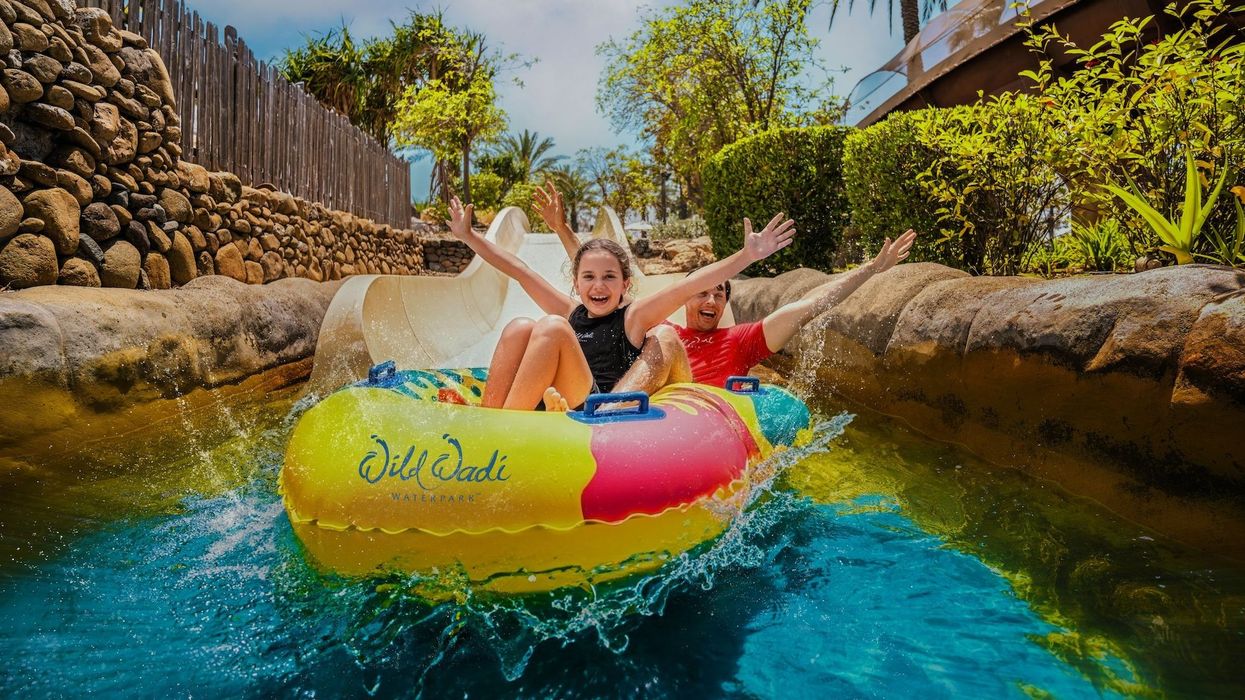
 Fernando Eiroa
Fernando Eiroa









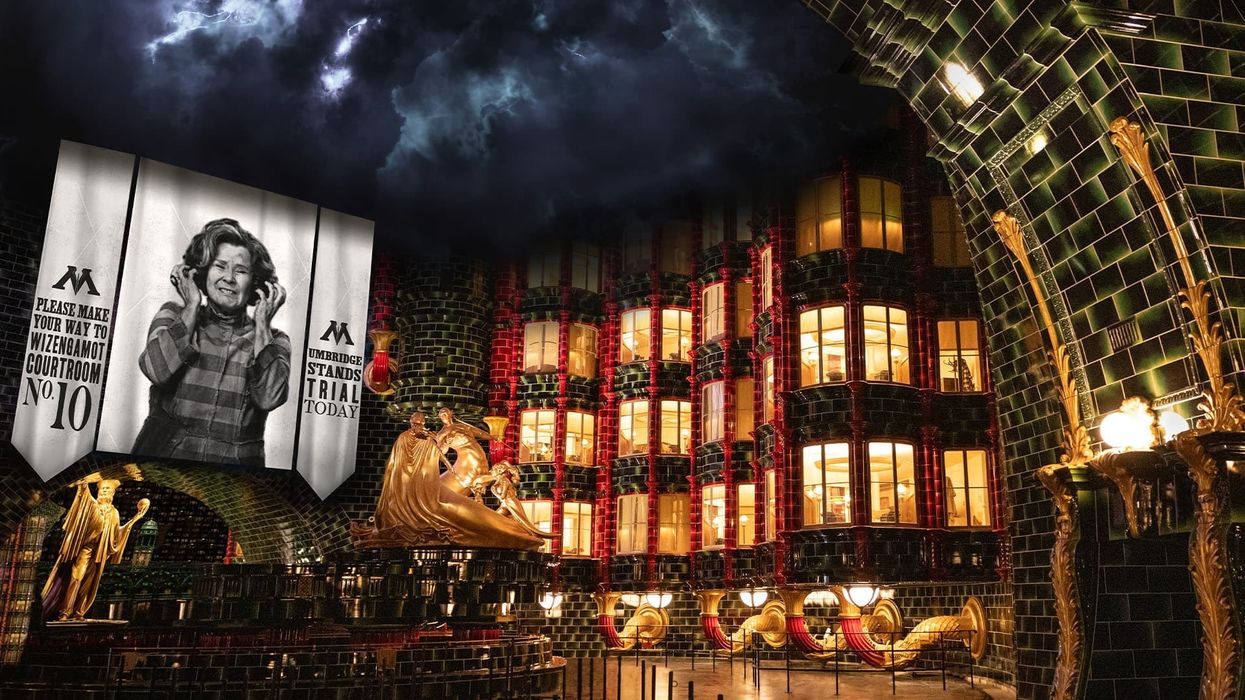



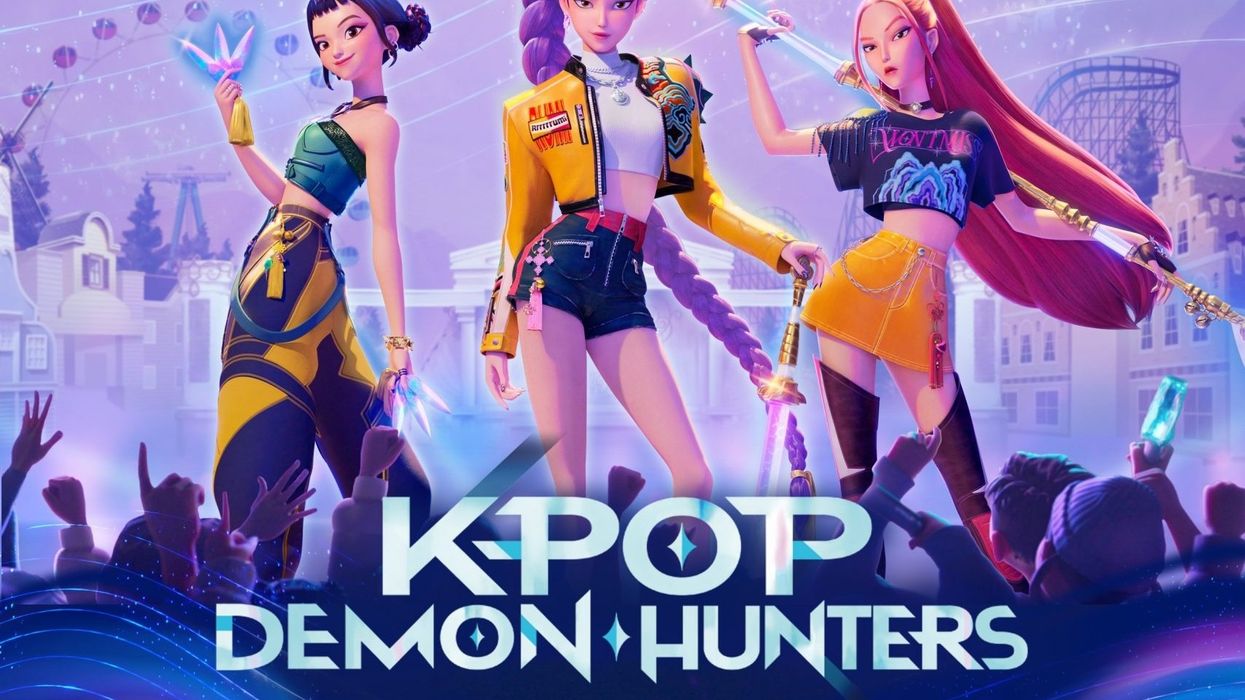



 Nickelodeon Land at Parque de Atracciones de Madrid
Nickelodeon Land at Parque de Atracciones de Madrid Raging Waters
Raging Waters  Mirabilandia's iSpeed coaster
Mirabilandia's iSpeed coaster Parque de Atracciones de Madrid
Parque de Atracciones de Madrid Ferracci at the ribbon-cutting ceremony for Nickelodeon Land at Mirabilandia, with (left) Marie Marks, senior VP of global experiences for Paramount and (cutting the ribbon) Sabrina Mangina, GM at Mirabilandia
Ferracci at the ribbon-cutting ceremony for Nickelodeon Land at Mirabilandia, with (left) Marie Marks, senior VP of global experiences for Paramount and (cutting the ribbon) Sabrina Mangina, GM at Mirabilandia Tropical Islands OHANA hotel
Tropical Islands OHANA hotel Elephants at Blackpool Zoo
Elephants at Blackpool Zoo  Tusenfryd
Tusenfryd
 Andrew Thomas, Jason Aldous and Rik Athorne
Andrew Thomas, Jason Aldous and Rik Athorne









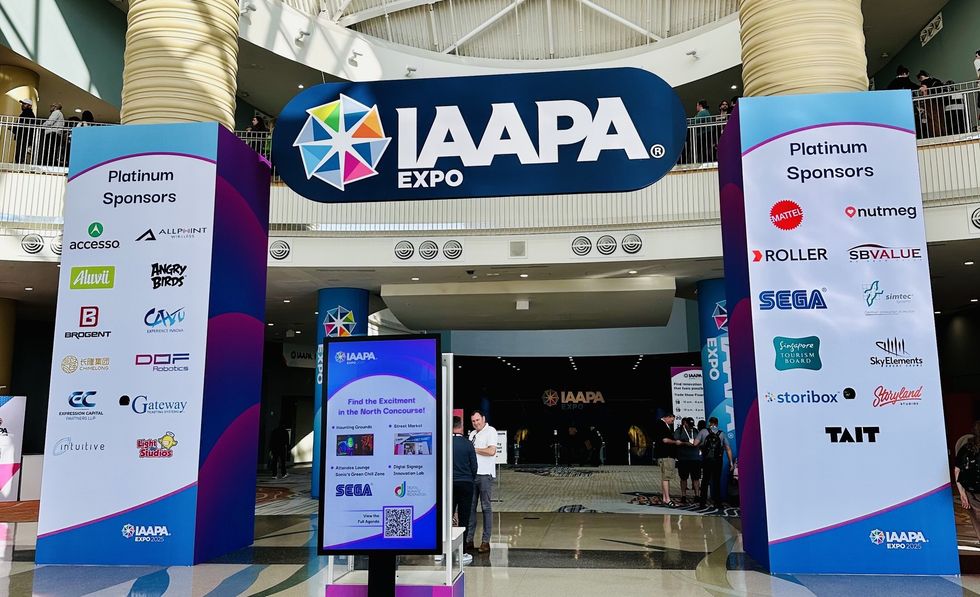
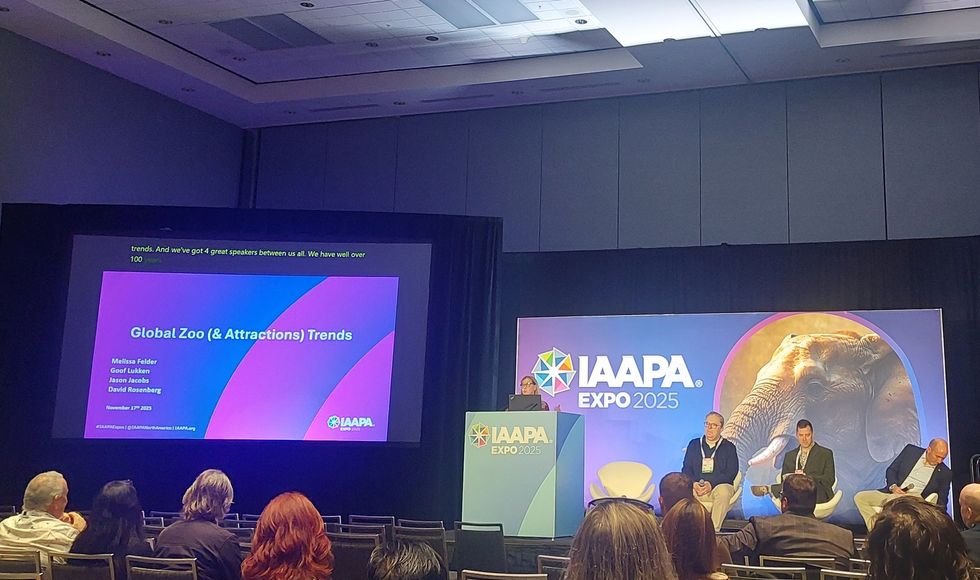
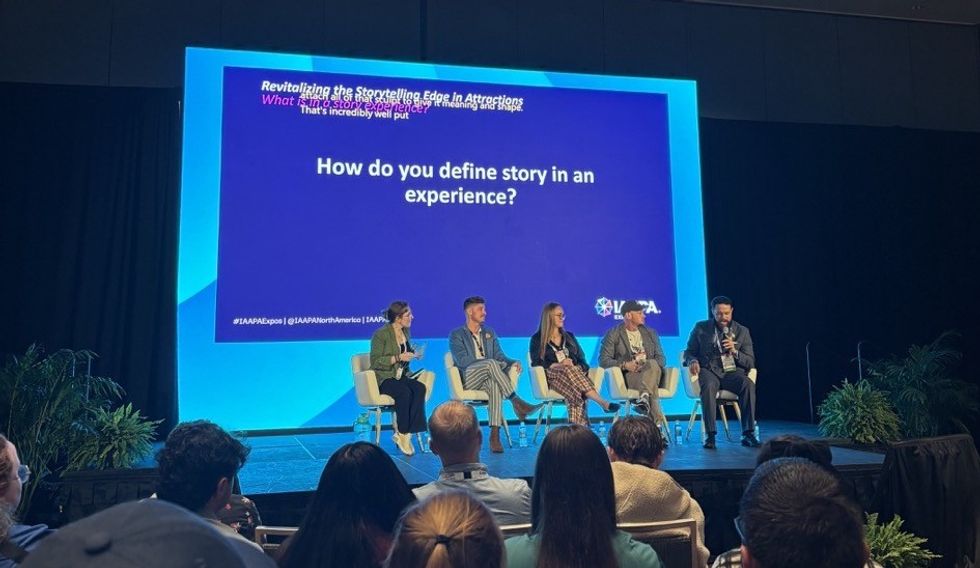
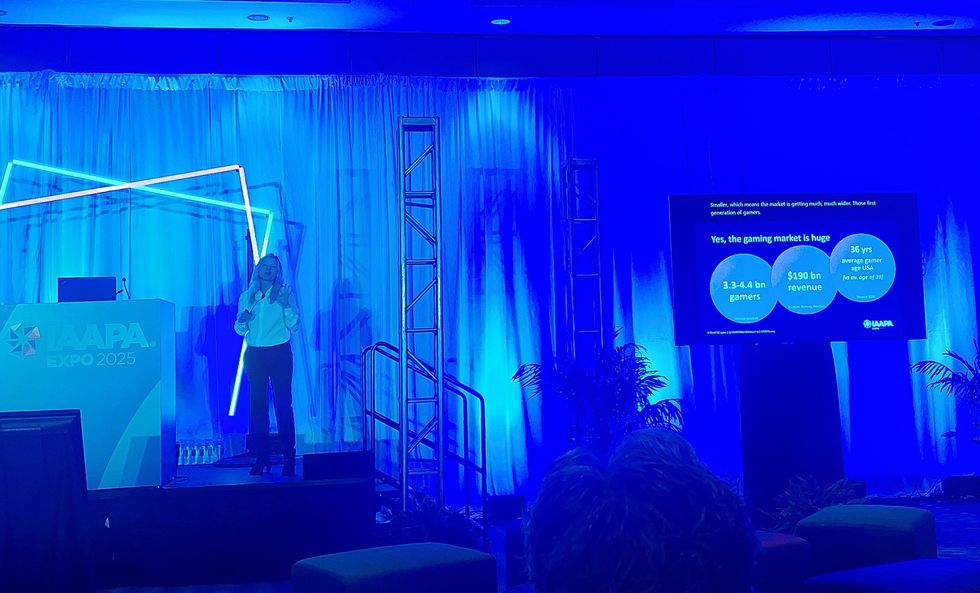
 Detroit Zoo
Detroit Zoo 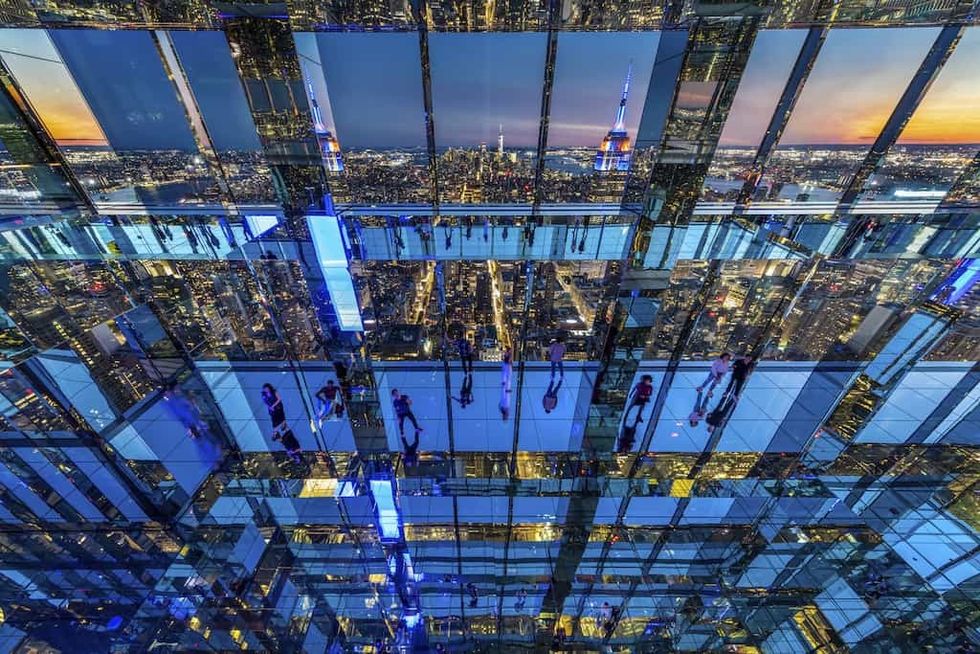 SUMMIT One Vanderbilt
SUMMIT One Vanderbilt  AURA at Grace Cathedral
AURA at Grace Cathedral 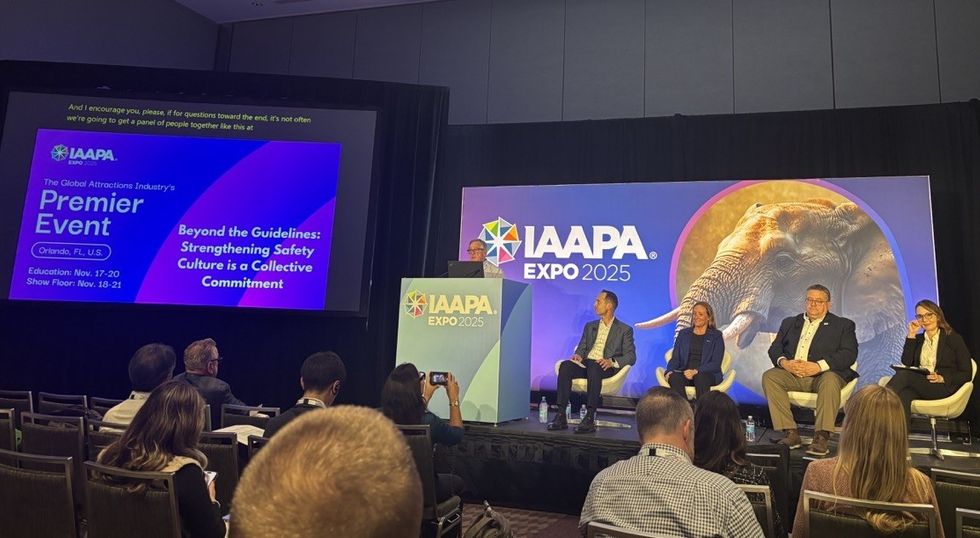
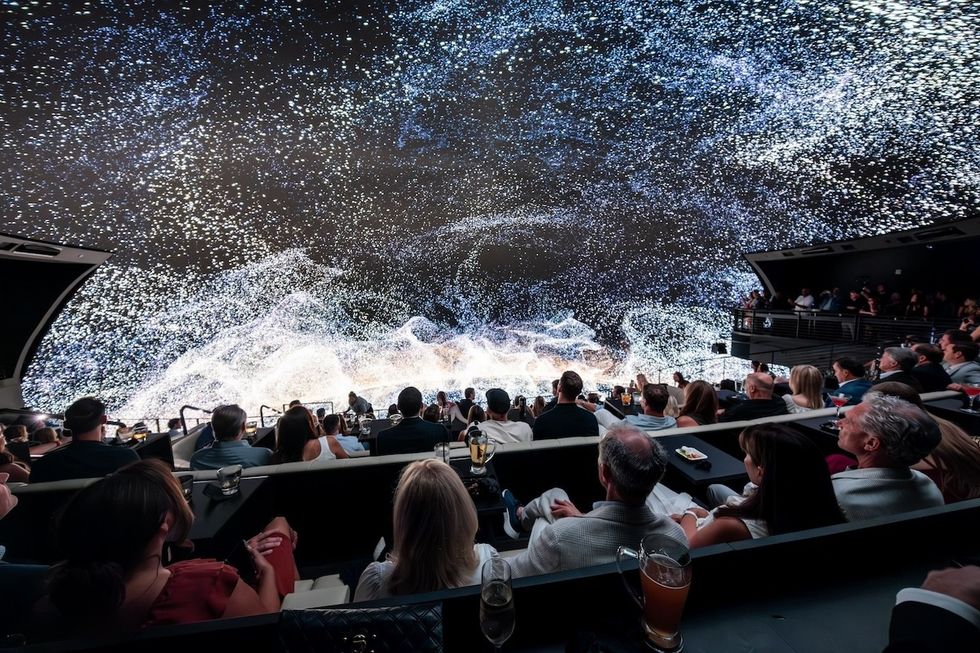 Cosm, LA
Cosm, LA  Order an Object appointment at V&A East Storehouse. Image by Bet Bettencourt for V&A, Object pictured - A pair of qabqab, made 1800-1880, Egypt
Order an Object appointment at V&A East Storehouse. Image by Bet Bettencourt for V&A, Object pictured - A pair of qabqab, made 1800-1880, Egypt  CONDUCTR - The Arena from Game Volt
CONDUCTR - The Arena from Game Volt 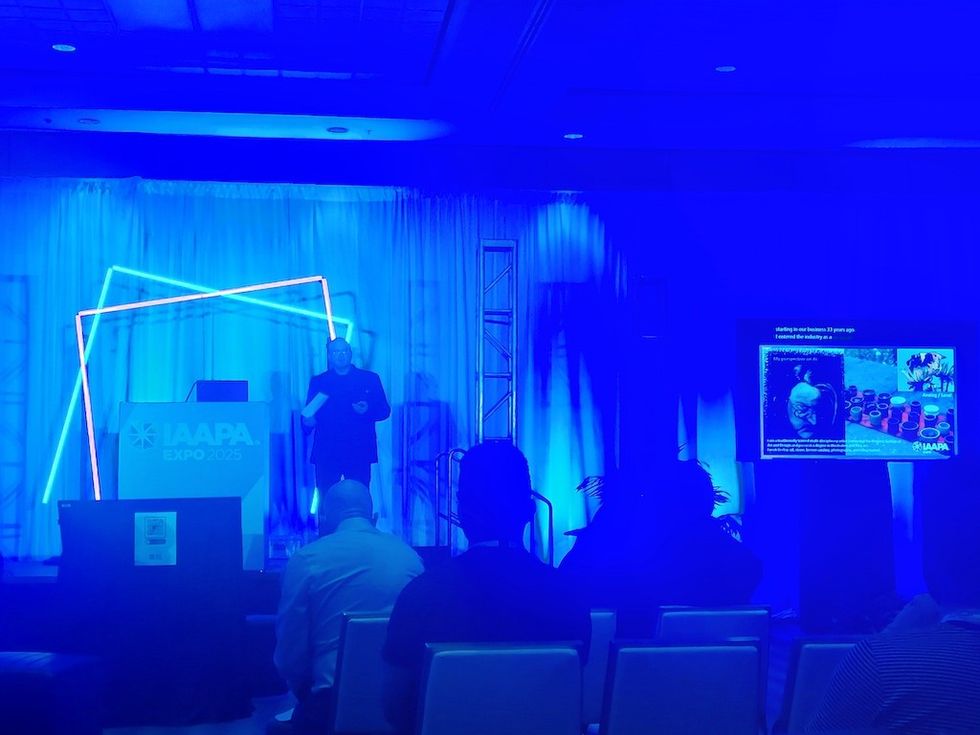
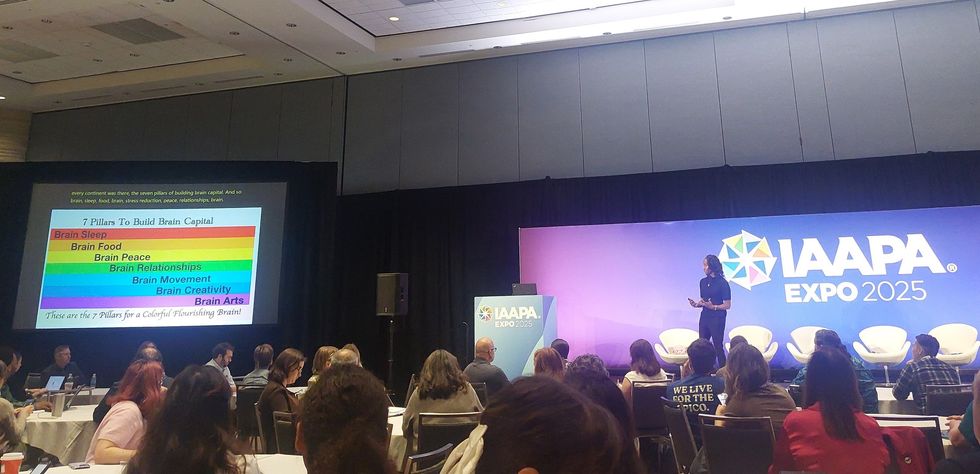
 Star Wars: Galactic Starcruiser
Star Wars: Galactic Starcruiser  Minecraft interactive experience
Minecraft interactive experience 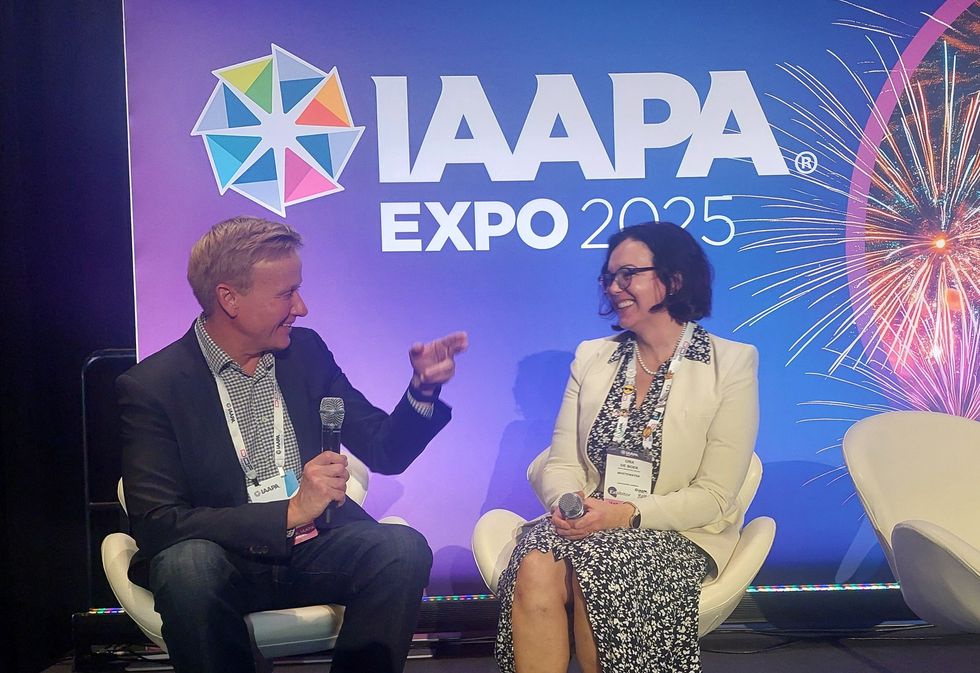
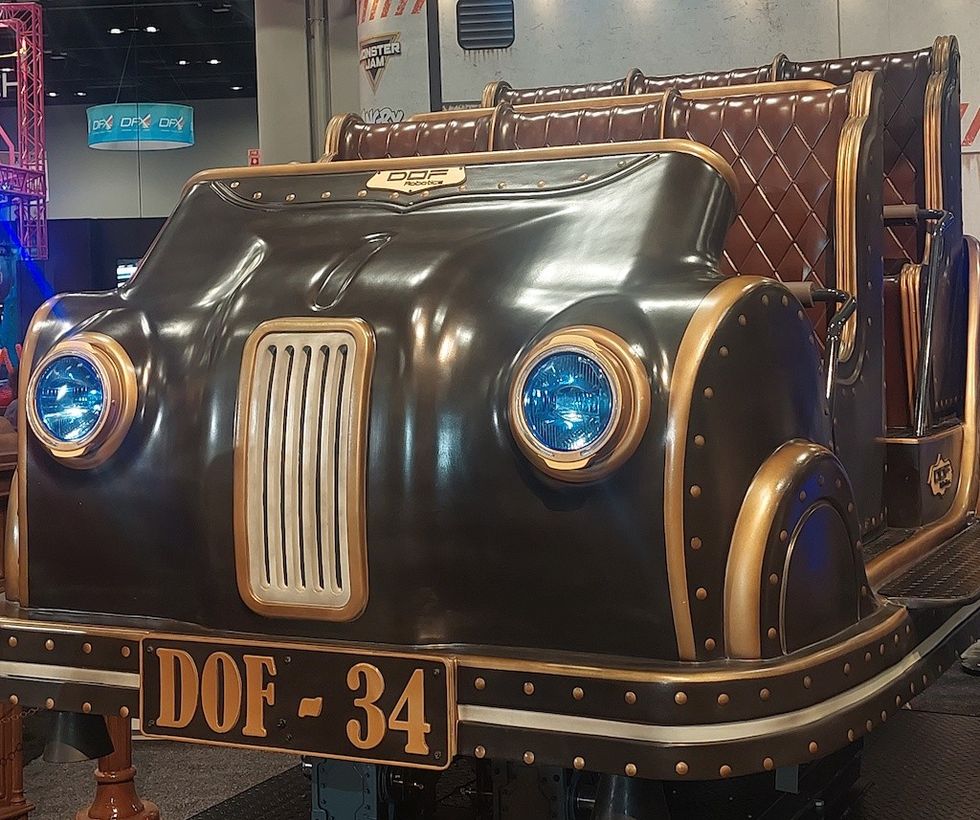
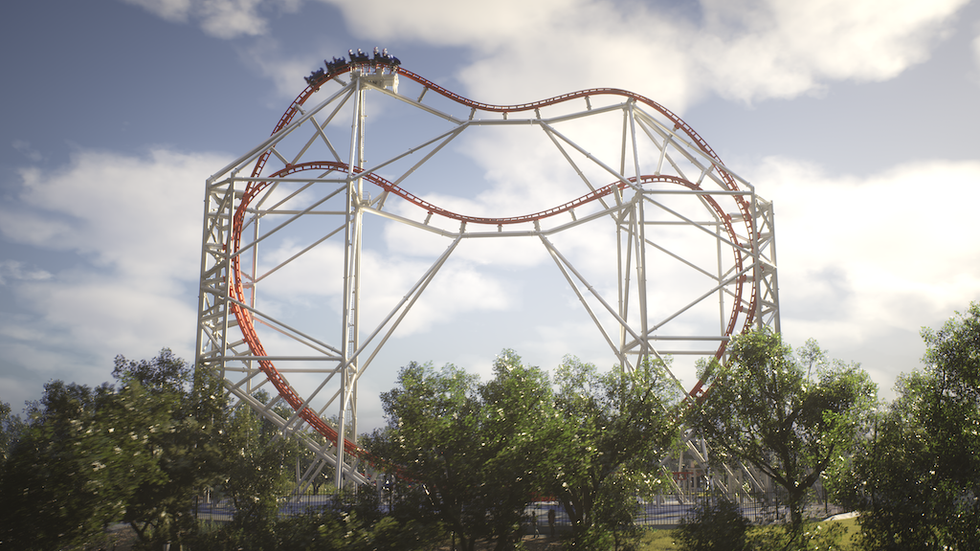
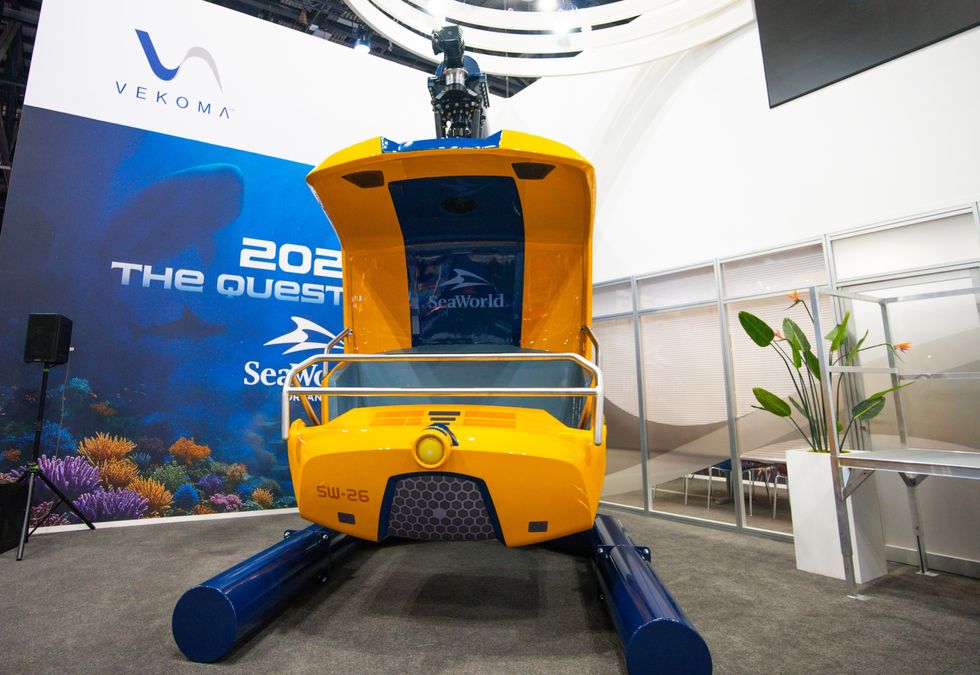
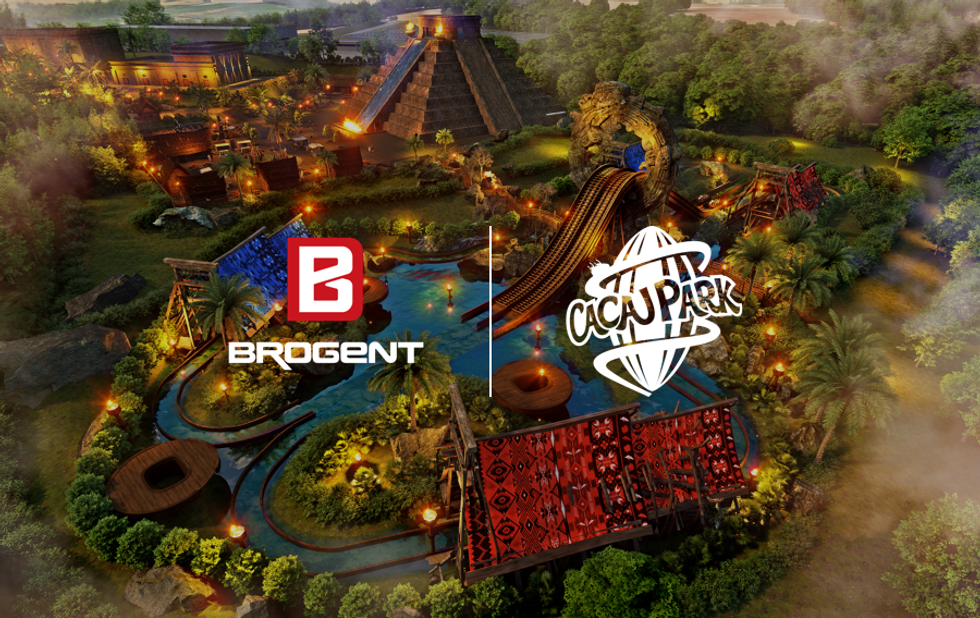
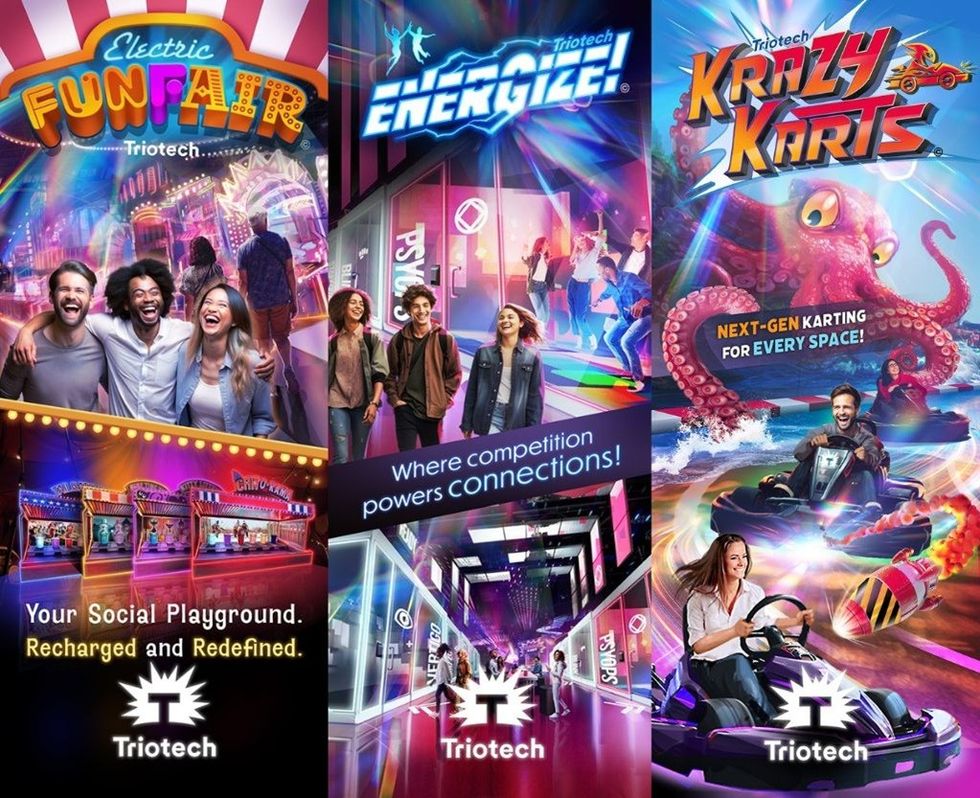


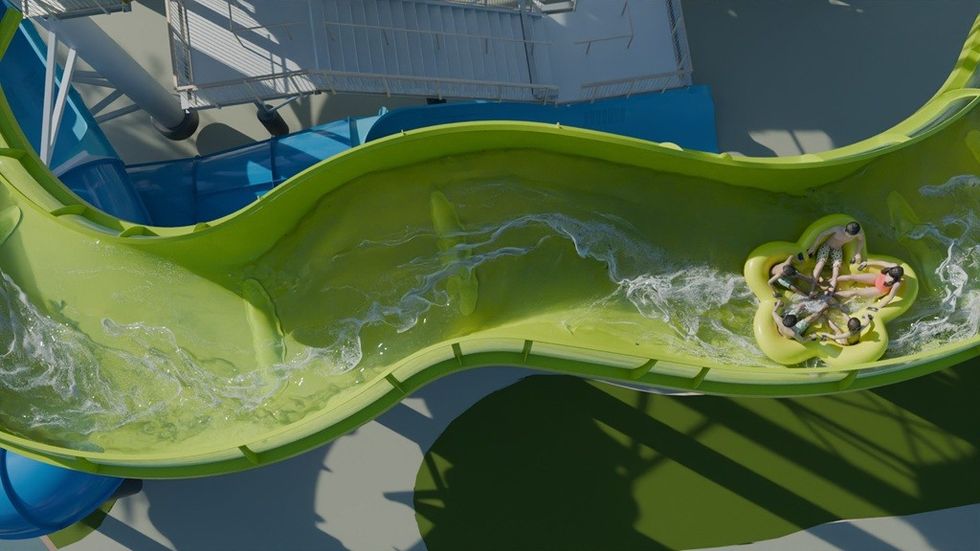
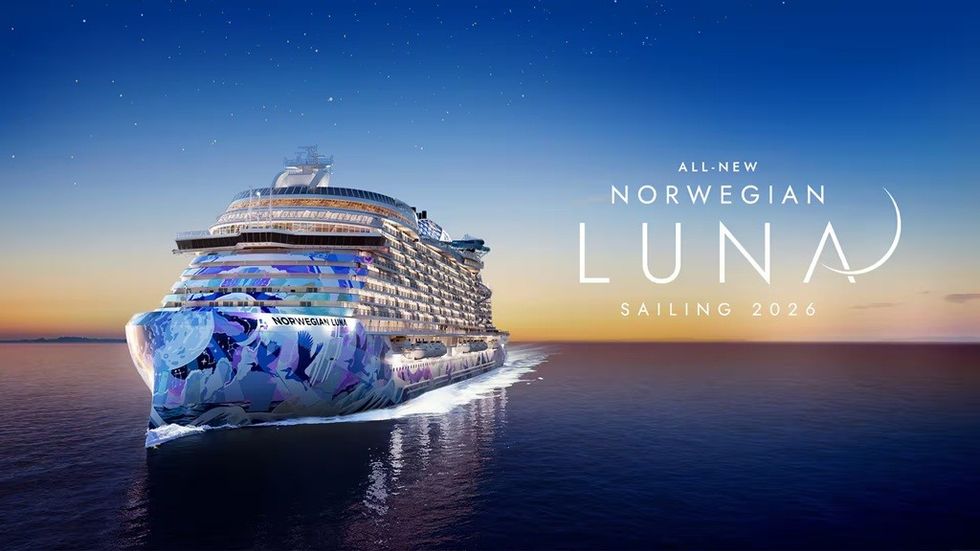



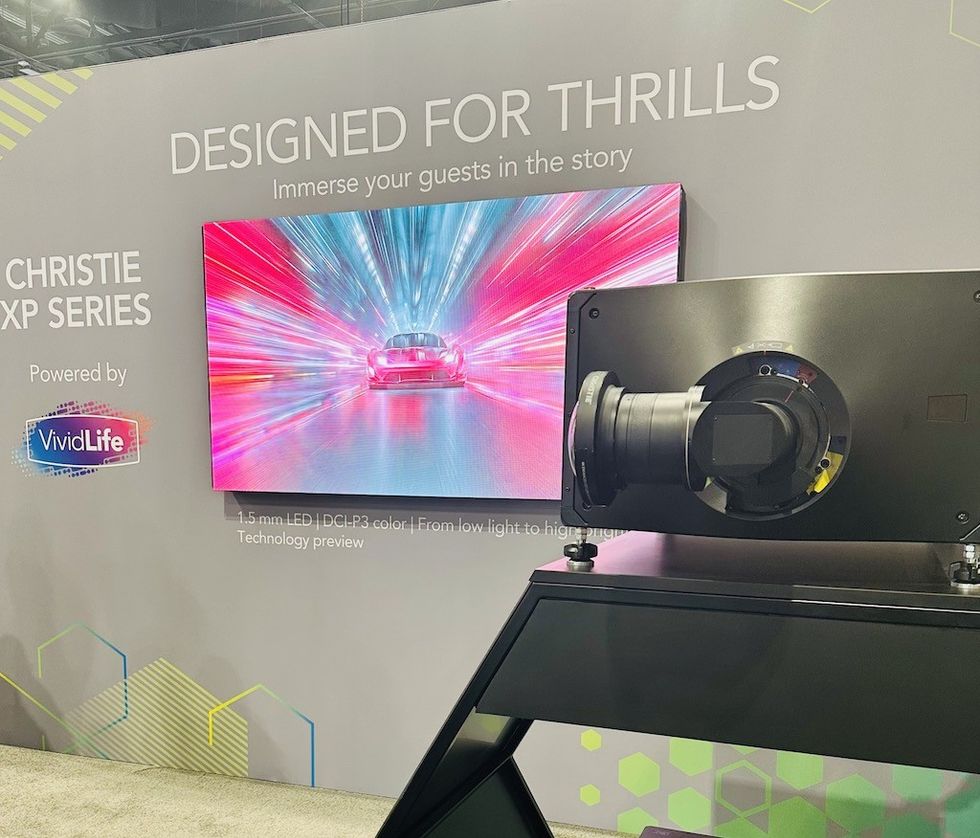
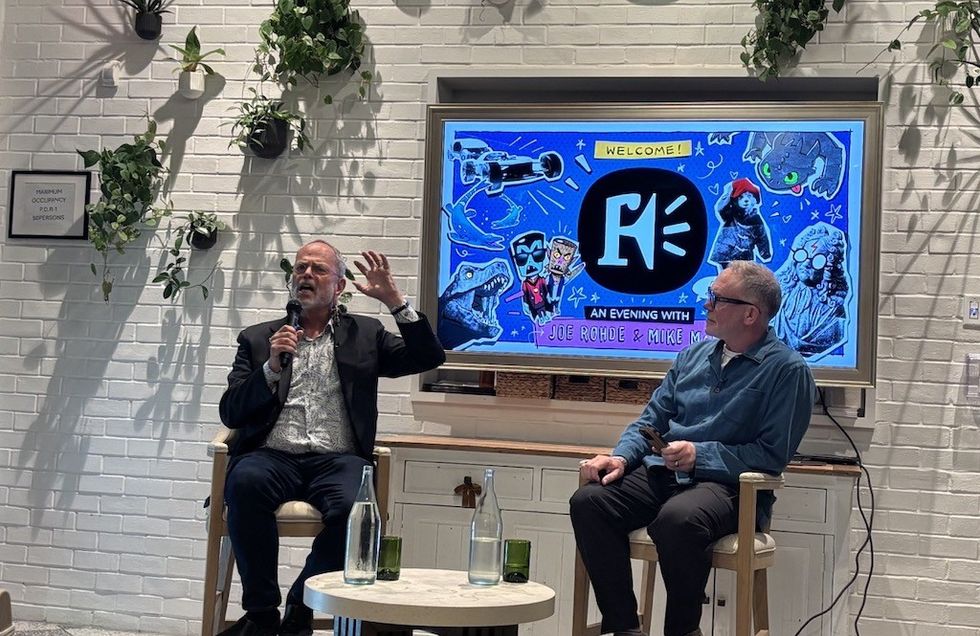
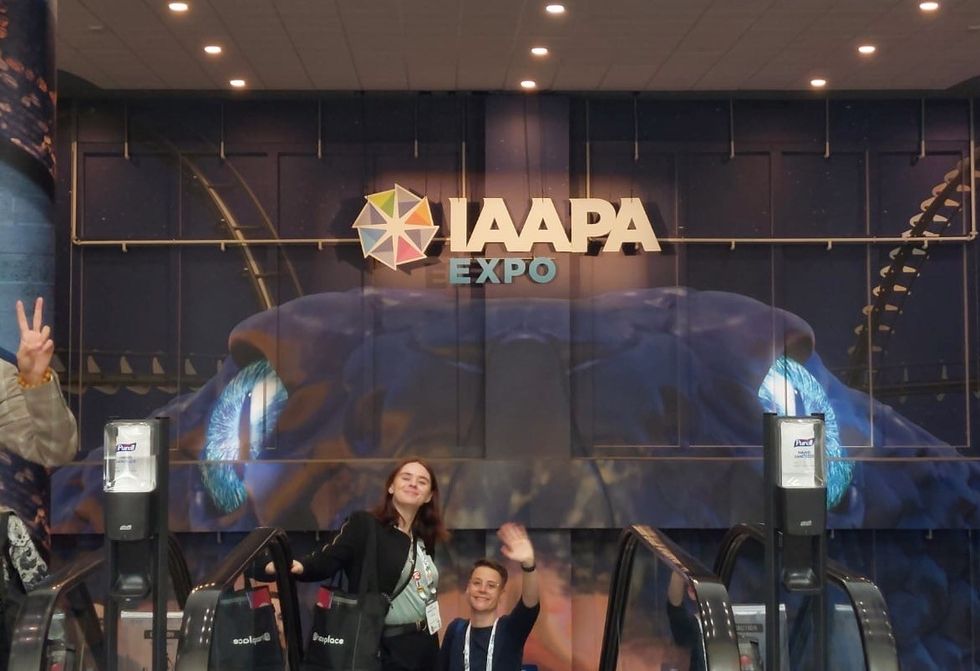 See you next year!
See you next year!
 Ian Macleod and Jordan Whittington
Ian Macleod and Jordan Whittington


